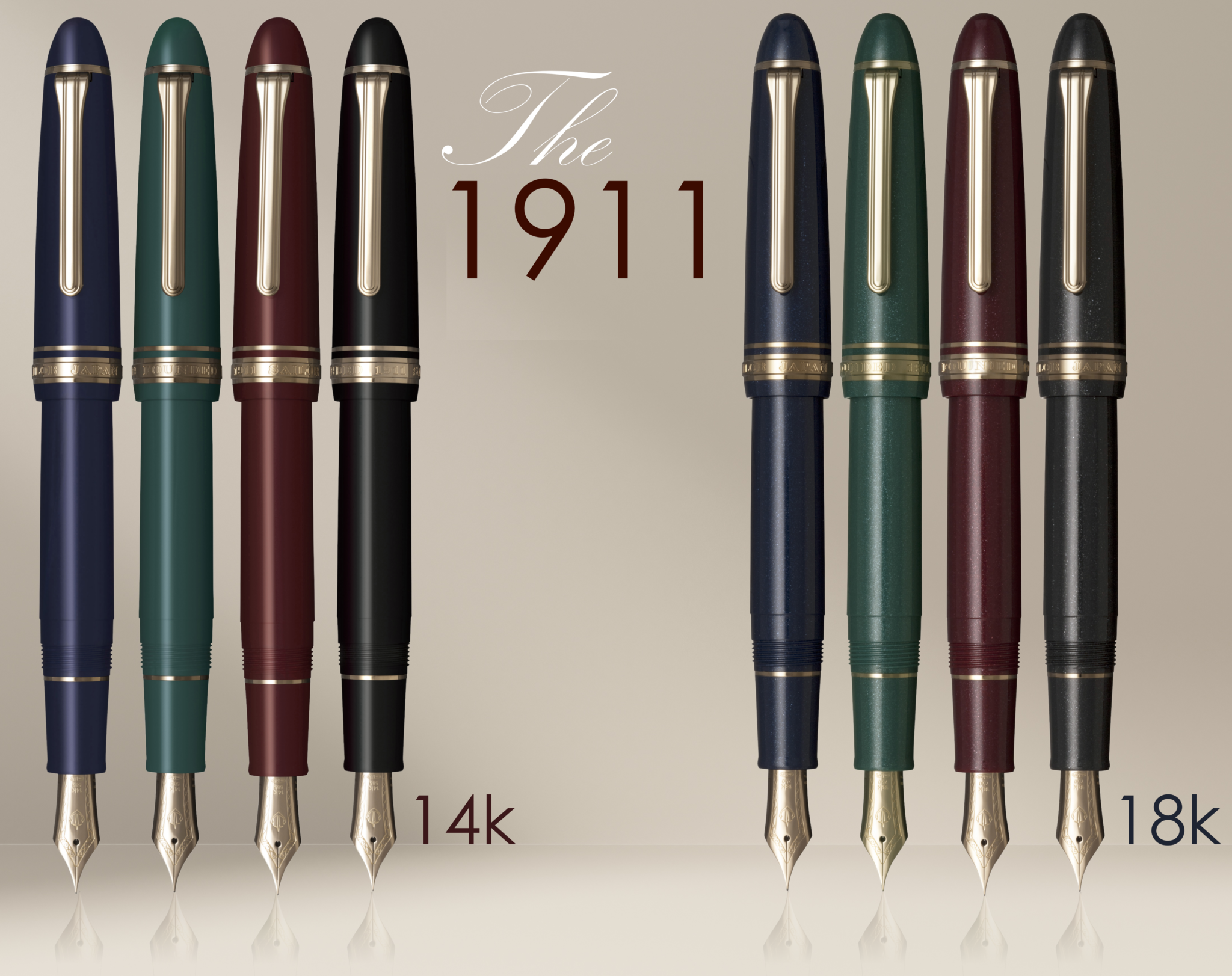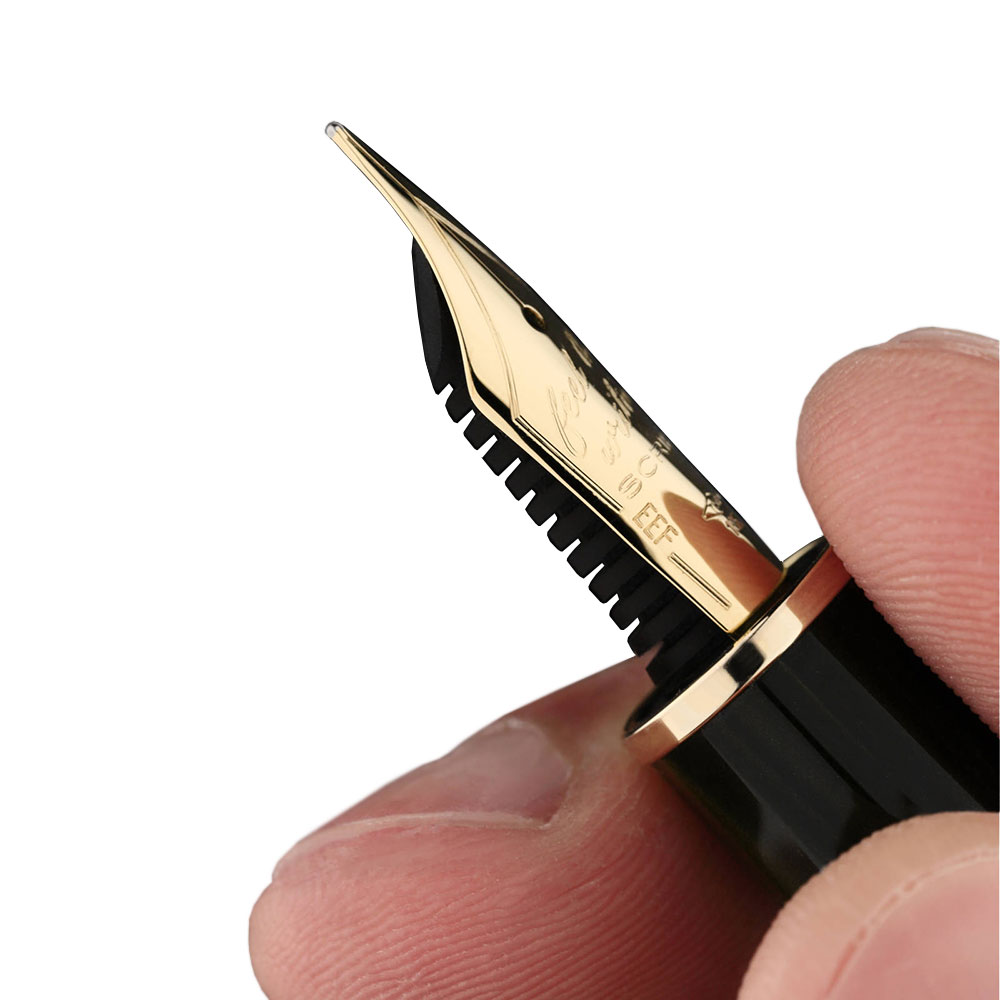The tech industry is built on the notion of using scientific knowledge to create incremental improvements and new technologies. App updates that make your phone run faster, smaller and lighter laptops that can handle more complex tasks, new tools that make everyday life easier, more energy-efficient electric cars and so on.
For the people who make it their life’s mission to drive progress, perfection can seem unattainable. Seeing examples of perfection in their everyday lives is key to this idea of progress. And the humble pen is a simple example of perfection.
What can chair technology tell us about creating perfection
To understand the pen’s appeal to the men and women who work to achieve perfection in areas such as computing, virtual reality and artificial intelligence, we have to look to another industry that has grappled with ideas of perfection for centuries: Furniture, or more specifically the humble chair.

From the arts and crafts movement to the Bauhaus, chairs have always been regarded as a piece of essential home furniture that must deliver comfort and decor. With their black leather and moulded wood, the lounge chair, Charles and Ray Eames, sought to create a fluid, functional design and quality product that hugged the body while encouraging relaxation. Conversely, Marcel Breuer’s Cesca Chair also known as the Wassily, emphasises convenience with simple construction and craftsmanship.

From the first thrones to the stackable chairs at your local community centre, chairs reflect the diverse needs of the people that use them. They do this through a myriad of different designs that reflect, physical needs and ideas of status and importance. A single chair cannot serve the needs of every user, it’s simply impossible.
The simplest innovation money can buy
However, the purity and perfection of pens have no such limitations. Broadly speaking there are three types of ink writing instruments in common use today: rollerball pens, markers and fountain pens. While the ink delivery method may vary, the body of the pen remains much the same. A round cylinder about 14 centimetres long with ink that flows from one end only. It is a simple, ergonomic device that allows simple elegant communication.

For engineers who wish to build instruments and digital tools that will have a significant impact on history and society, the pen is a prime example of perfect universal design.
Designers and innovators still love the pen and paper
But more than that, it also represents the tangible and analogue reality from which many tech entrepreneurs or workers might find themselves so often removed. Spending 10 hours a day coding, or working on intangible software issues removes the maker from the thing they are making. Unlike the craftsmen of the early 20th century who grafted on a physical object, our modern builders and makers in the tech sphere are often divorced from their creations by binary code.

Factoring in the pen’s perfection and its tangible status reminds us of the need to connect creatively and leave an indelible physical mark in the world. It’s been the driving force of humans to leave a physical imprint since the dawn of time.
While the technologies of today may be marvellous, they will likely be surpassed and superseded. Computers of the future be capable of so much more and even the greatest vision today will seem quaint and old-fashioned in years to come.
The pen is a testament to great innovative design that is simple, elegant and allows humans to accomplish so much so easily.
Scientific knowledge and the new technologies relating to artificial intelligence likely begin life as a few handwritten notes in a battered old Moleskine notebook. The world has many tools and many technologies, but none have yet surpassed the quality and genius of the pen.

Condividi:
- Click to share on X (Opens in new window) X
- Click to share on Facebook (Opens in new window) Facebook
- Click to share on WhatsApp (Opens in new window) WhatsApp
- Click to share on LinkedIn (Opens in new window) LinkedIn
- Click to share on Pinterest (Opens in new window) Pinterest
- Click to share on Telegram (Opens in new window) Telegram
- Click to email a link to a friend (Opens in new window) Email




Leave a Reply